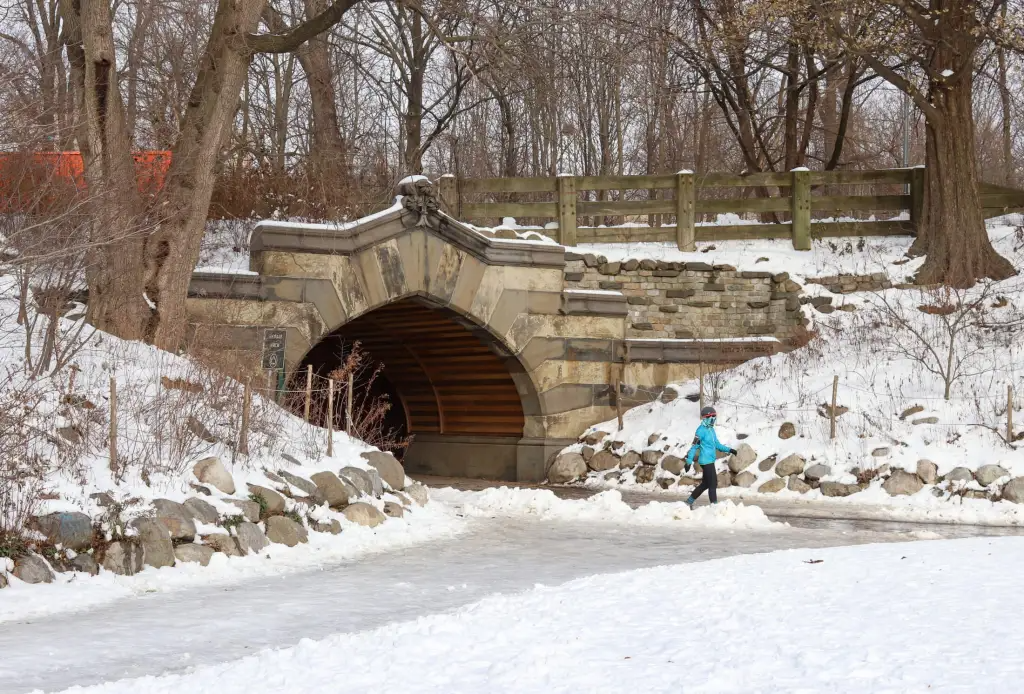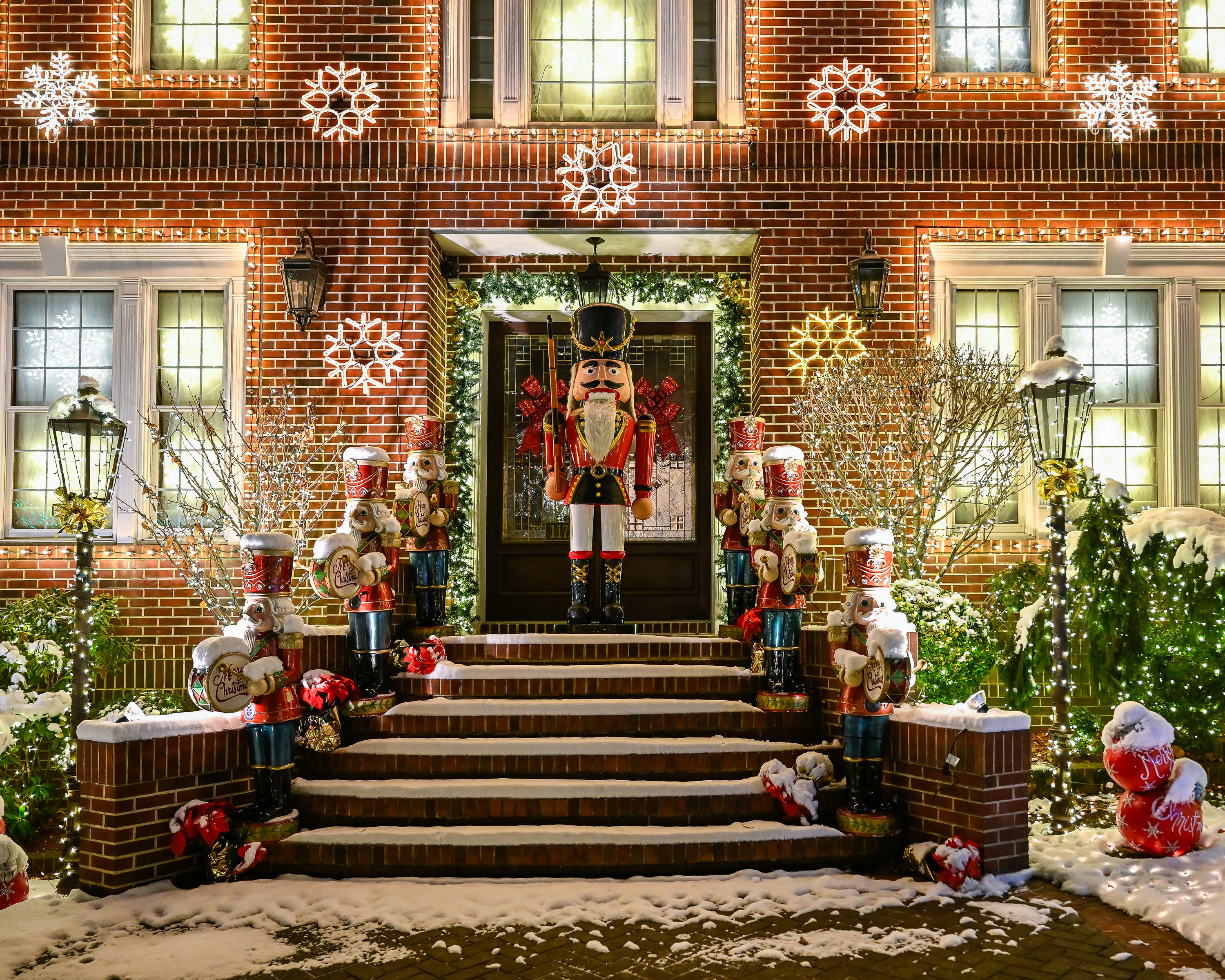House of the Day: 266 Stuyvesant Avenue
Most recently used as a school, the four-story brownstone at 266 Stuyvesant Avenue in Bedford Stuyvesant still retains much of its original (and quite impressive) woodwork. It’s definitely going to need some work (how much, we don’t know) but it’ll certainly be an interesting barometer of the Bed Stuy market. Priced at $699,000, it’s in…


Most recently used as a school, the four-story brownstone at 266 Stuyvesant Avenue in Bedford Stuyvesant still retains much of its original (and quite impressive) woodwork. It’s definitely going to need some work (how much, we don’t know) but it’ll certainly be an interesting barometer of the Bed Stuy market. Priced at $699,000, it’s in the first-time family homebuyer range for sure. In this market, though, we’ve got no idea whether this is a $699,000 house or a $599,000 house. Let’s think about the math: If you bought it at the asking price and put another $100,000 into it while racking up a $600,000 mortgage, your monthly costs, with taxes, would probably be somewhere in the mid-$4,000s. If you could rent a duplex out for, what, $2,000, then it could cost you less than $2,000 a month after tax to own this place. Not crazy.
266 Stuyvesant Avenue [Stuyvesant Heights Brokerage] GMAP P*Shark





Seems like this little real estate company always has the best looking houses architecturally in this area… They seem really old school mom and pop. I think they have only one young agent.
Its going to be like this that I found on curbed today about Ft Greene 37 years ago http://fortgreenebk.files.wordpress.com/2008/06/brownstoneurbia.pdf
I hope that brownstoner archives this post I have the feeling that in 2012 we are going to be saying remember when houses in Bedford Stuyvesant went for under 800K…
I think this neighborhood is going to be the hottest area in Brooklyn in the NEAR future.. You can feel it in the atmosphere. The architecture just makes you go WOW. I think I am going to look into this house…
“One of the best things about this neighborhood is that you won’t be living next to the racists that post on this blog.”
Apparently you are living among a lot of racists who have posted above about how whites are not wanted or needed in the area and have forced out longterm residents.
Some people are confused as to why whites would want to live in Bed-Stuy, even though the real estate is prime. The amenities and conveniences that the white middle-class is so accustomed to are simply not readily available in Bed-Stuy: the New York Times, organic milk, regular trash pick-up, and cute cafés. Suspicion toward the new white residents is markedly different from suspicion among Bed-Stuy’s existing residents toward each other. Such existing residents are there because they had to be: they were pushed into a “ghetto,” virtually ignored by the city. Any regeneration of the neighborhood was due to their own hard work and perseverance. White people are the only residents, historically, who have had the privilege to choose Bed-Stuy, and it certainly wasn’t chosen back when the neighborhood earned its peace through the race riots and gun warfare of the ’70s and ’80s.
It is not only white investors who want to capitalize on Bedford-Stuyvesant historic charm, but also whites who wish to become residents. Current homeowners observe their abandoned buildings and homes being renovated by outside agencies, and the hipster kids and young couples spilling over from Cobble Hill and Park Slope.
Bed-Stuy is currently seen as affordable and secret, which is causing a frenzy for real-estate companies and private investors alike. Old-time residents are confronted daily by mail, phone calls, and solicitors who come to the doorstep with briefcases full of cash, offering to buy their homes immediately. It is a manipulation tactic for residents who struggle to make ends meet, and it causes unrest. People are told again, “This is not an ideal community for colored people, and you do not deserve this neighborhood.”
The brownstone houses—real-estate gold—were originally huge, single-family, three- to five-story homes. The brownstone is a symbol of prosperity and stability in New York City and has been for the last 150 years. Brownstones of the Upper West Side and Greenwich Village, originally middle-class housing, now price typically over five million dollars.